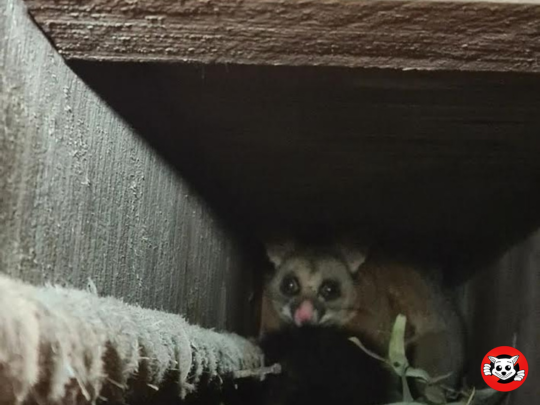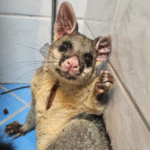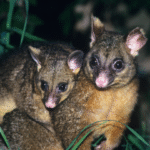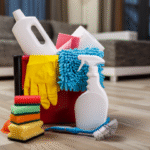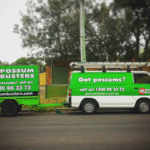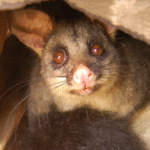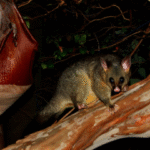Unexplained noises from your roof can be concerning, especially when they disrupt sleep or create worries about potential damage. The first thought for many Australians hearing these disturbances is often, “Is it a possum?” While possums are a common cause of roof noises, they aren’t the only possible explanation.
Pinpointing the actual cause helps address the issue responsibly and effectively. Here’s what you need to know when faced with the mystery sounds above.
Common Causes of Roof Noises
Roof noises can originate from various sources, ranging from wildlife activity to environmental or structural factors. Wildlife intrusions by animals such as possums, rats, birds, or bats are often the culprits.
Possums, in particular, seek refuge inside roofs, particularly during colder weather. These animals make distinct sounds due to their nocturnal habits, movement, and sometimes vocalisations.
On the other hand, structural issues can also mimic animal activity. Roof materials naturally expand and contract with temperature changes, producing creaking or popping sounds. Loose elements like tiles or sheets may shift in the wind or vibrate, creating noises similar to animal movement. Environmental factors like rain, hail, or overhanging tree branches brushing against the roof are possibilities.
Understanding whether the disturbance is caused by wildlife or other factors is a crucial first step in addressing the issue.
Identifying Possum Activity
If wildlife is causing the sound, possums have unique signs that set them apart from other animals. Their movements often involve loud thumping or scurrying sounds, noticeable during late evenings or throughout the night since they are nocturnal. They may also scratch surfaces while climbing or searching for food.
You may hear growls, hisses, or chattering sounds, particularly during breeding. This combination of sharp noises and nocturnal activity is often a reliable indicator that you might be dealing with a possum. Conversely, rodents tend to create lighter scratching noises and are more active throughout the day, while birds may produce fluttering sounds or chirps.
Steps to Take When You Hear Noises
When you first hear noises in your roof, a systematic inspection can help determine their source. Start by walking around the exterior of your property to check for potential entry points. Look for broken tiles, loose panels, or gaps under eaves that could allow animals to enter. Pay close attention to fur, droppings, nesting material, or scratch marks around these areas, as they may confirm wildlife presence.
Distinguishing between structural or environmental causes is equally important. Investigate for signs of wear or damage to your roof that might explain creaks or rattling. Roof noises caused by wildlife tend to increase during certain seasons, like late winter and early spring, when possums are breeding, which may also help determine the cause.
When to Call in the Experts
While a preliminary inspection can provide clues, a professional wildlife inspection is often the best approach. Experts bring experience in accurately diagnosing noise causes, whether wildlife-related or structural. They also ensure humane practices are followed when dealing with animals, in line with Australian wildlife protection guidelines.
Attempting to handle wildlife on your own carries risks, from misidentifying the animal to unintentionally causing harm. Professionals can also provide preventative measures, such as sealing entry points, to ensure a problem won’t recur.
Preventing Wildlife Intrusions
Prevention is key to maintaining a harmonious balance with local wildlife while protecting your home. Sealing gaps and potential entry points is the most effective way to keep animals from gaining access to your roof. Durable materials that allow ventilation, such as mesh screens, are ideal for covering vents and gaps.
Keeping tree branches trimmed back from your roof removes a standard access route for possums and other animals. Securely covering rubbish bins and keeping pet food indoors can also reduce the chances of attracting unwelcome visitors.
Physical barriers like metal collars can block climbing animals for poles or pipes. Partnering these changes with professional advice ensures your roof remains off-limits to wildlife while respecting the unique ecosystems around your property.
Why Seek Help from Possum Busters?
If roof noises leave you uncertain, Possum Busters offers reliable, humane solutions tailored to Australian homes. They specialise in ethical wildlife removal methods that protect homeowners and the animals involved. Their inspection expertise ensures an accurate diagnosis, and their preventative strategies safeguard your home from further issues.
Noises in the roof might indicate you’re sharing your home with a possum, but they could also point to other causes. Determining the difference between wildlife intrusions and structural or environmental factors is a vital first step to resolving the problem. With a focus on humane and ethical practices, addressing these noises doesn’t need to be overwhelming or harmful.
If you’re unsure about the source of the sounds from your roof, it’s best to consult a professional. Reach out to Possum Busters for dependable, responsible solutions and ensure your roof remains peaceful and wildlife-friendly. Don’t wait for the problem to worsen; act now for a safer home and a harmonious environment.

